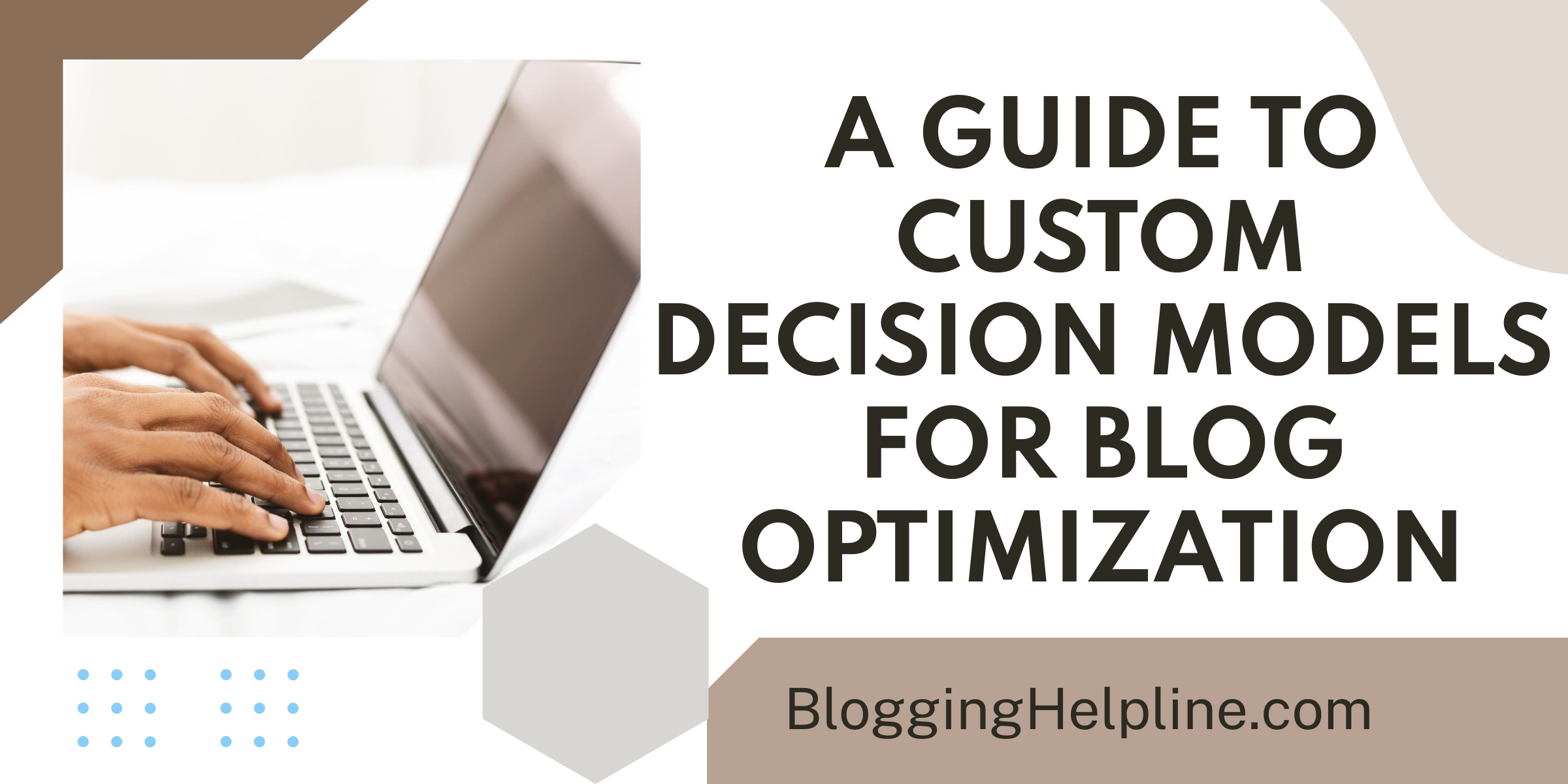16-Step Checklist for Optimizing Blog Posts for SEO
In order to optimize your blog post for SEO, it is recommended to follow these steps:
1. Perform keyword research using tools like Google Ads Keyword Planner, SEMrush, or Ahrefs Keyword Explorer.
2. Write a catchy blog title with your target keyword and keep it under 60 characters.
3. Optimize your meta description under 160 characters with your target keyword and make it descriptive and compelling.
4. Use keywords naturally throughout your content, including in the body, title, meta description, and image alt tags. Avoid keyword stuffing.
5. Structure your blog post with headlines and subheadings to break up the text and make it easier to read. Use keywords in your higher-level subheadings.
6. Optimize image alt text by adding short descriptions and including the focus keyword if relevant.
7. Add relevant internal links to other blog posts or pages on your website to help search engines understand the topic and improve rankings.
8. Include semantic keywords related to your target keyword to help search engines understand your blog post’s topic. Use tools like LSIGraph or Google Keyword Planner to find LSI keywords.
9. Use bucket brigades, short phrases or sentences, to engage readers and keep them reading.
10. Optimize for readability by using short paragraphs and sentences, clear and concise language, and including headings and subheadings.
11. Include call-to-actions (CTAs) to prompt readers to take specific actions, using relevant keywords.
12. Optimize for featured snippets by using relevant keywords and providing clear and concise answers to user questions.
13. Include supplementary resources, like links to other articles or ebooks, to provide additional information and improve SEO.
14. Enhance your blog posts with videos, including relevant keywords in titles and using video transcripts for SEO improvement.
15. Add social share buttons to increase reach and create backlinks to help improve rankings.
16. Proofread your blog post for spelling and grammar errors, and double-check all links to ensure they are working properly.
By following these steps, you can optimize your blog post for greater visibility in search engine rankings and increase traffic to your website.




